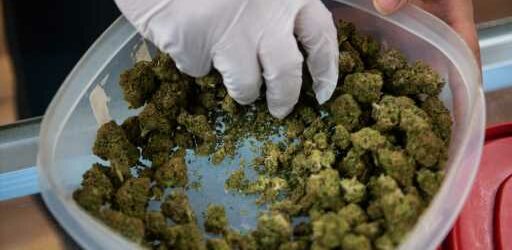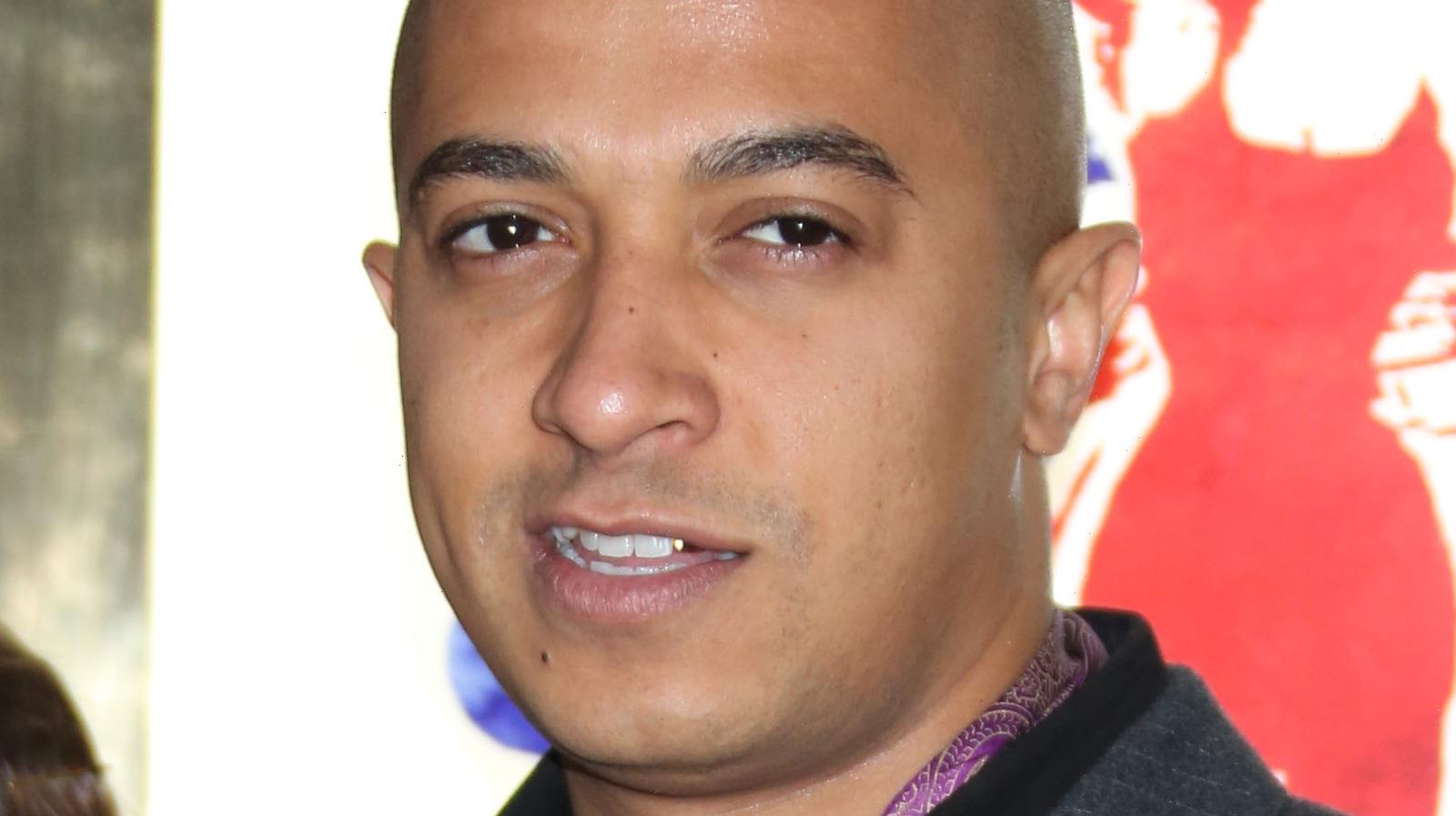Seven years after the first recreational pot shops opened for business in Colorado, youth aren’t smoking more weed, older adults are blazing more and marijuana-related arrests are way down — but Black Coloradans are still much more likely to get in trouble for cannabis offenses, according to a state report released Monday.
The biennial report — “Impacts on Marijuana Legalization in Colorado,” commissioned by the Colorado Division of Criminal Justice — is the most extensive look since 2018 at marijuana’s impact across public safety, health, driving and youth consumption.
Overall, the authors highlight a few notable trends in the way cannabis is being consumed in Colorado: People are moving away from smoking and instead are consuming cannabis through vapes and edibles at higher rates.
The age bracket of those who use pot also has shifted immensely since legalization, with individuals over 65 using marijuana at triple the rate they did in 2014.
It’s no surprise that the baby boomer generation is coming around to cannabis, said Truman Bradley executive director of the Marijuana Industry Group.
“Boomers had some experience with (marijuana), at least culturally, back in the day, but also boomers tend to be ‘rule followers’ as a group,” he said.
As people age, however, they may look to cannabis for relief, Bradley added.
But even as fewer people across the board are being arrested on marijuana possession and other weed-related crimes, the marijuana arrest rate for Black individuals (160 per 100,000 people) is more than double that of white residents (76 per 100,000) in Colorado.
“This disparity has not changed in any meaningful way since legalization,” the authors noted.
Research shows that white people use and sell drugs at the same or higher rates as other minority groups, yet Black Americans are far more likely to be arrested for drug-related crimes.
With the similar drug-usage data in mind, the discrepancy in marijuana arrests “raises eyebrows,” Bradley said.
Although youth usage remained unchanged at around 20%, some of the data surrounding kids and marijuana was “extremely alarming,” said Henny Lasley, co-founder and executive director for One Chance to Grow Up, a national initiative launched by Smart Colorado.
She pointed to one statistic as a prime example: Nearly three-quarters (73.5%) of youth ages 10 to 17 in treatment for substance use reported marijuana as their primary substance of use — the result of the high-potency marijuana accessible in Colorado, Lasley said.
Colorado lawmakers took action this year to address some of these concerns, with Gov. Jared Polis signing a bill into law that will restrict daily purchases of concentrates and ensure their products explicitly state serving sizes.
“There’s this misnomer that everything’s hunky dory because the overall statistic hasn’t changed,” Lasley said, referring to youth usage rates. “You have to peek under the covers and see what kids are using.”
Here are highlights from the Colorado report across various sectors:
Public safety
- Marijuana-related arrests have plummeted since legalization, dropping 68% between 2012 and 2019 (13,225 to 4,290). That steep decline has come across all races and ethnicities, though not uniformly — 72% for white individuals, 55% among Hispanics, and a 63% decrease for Black Coloradans.
- Court case filings related to pot declined 55% between 2012 and 2019
- Plant seizures on public lands — one indicator of the illicit weed market — have fluctuated wildly since 2012. That year, authorities seized 46,662 pot plants. In 2017, that number rocketed to 80,826, but has since dropped back to a low of 1,502 in 2018.
Health
- Men (22.9%) are using marijuana significantly more than women (15.1%)
- Treatment admissions for those reporting marijuana as their primary substance have gone down to 182 admissions per 100,000 people in 2019 from 222 admissions in 2012
- The number of calls to poison control mentioning marijuana exposure has jumped to 276 in 2019 from 41 calls in 2006
Youth impacts
- A 2019 Healthy Kids Colorado Survey found no significant change in youth marijuana usage between 2013 and 2019, mirroring similar findings in a national survey on drug use
- Marijuana use increased as teens aged — with 12th graders (27%) using cannabis at more than double the rate of ninth graders (13.3%)
- Nearly three-quarters (73.5%) of youth ages 10 to 17 in treatment for substance use reported marijuana as their primary substance of use
- Marijuana infractions accounted for 30% of all school expulsions and 34% of all law enforcement referrals in Colorado public schools, 2019-2020 school discipline data shows
Driving
- Authors included the caveat that law enforcement officers trained in recognizing drug use jumped to 221 in 2020, up from 129 in 2012, which “can increase drug detection rates apart from any changes in driver behavior”
- DUI summonses issued by the Colorado State Patrol in which marijuana was recorded increased by 120% between 2014 and 2020 (684 to 1,504)
Source: Read Full Article


